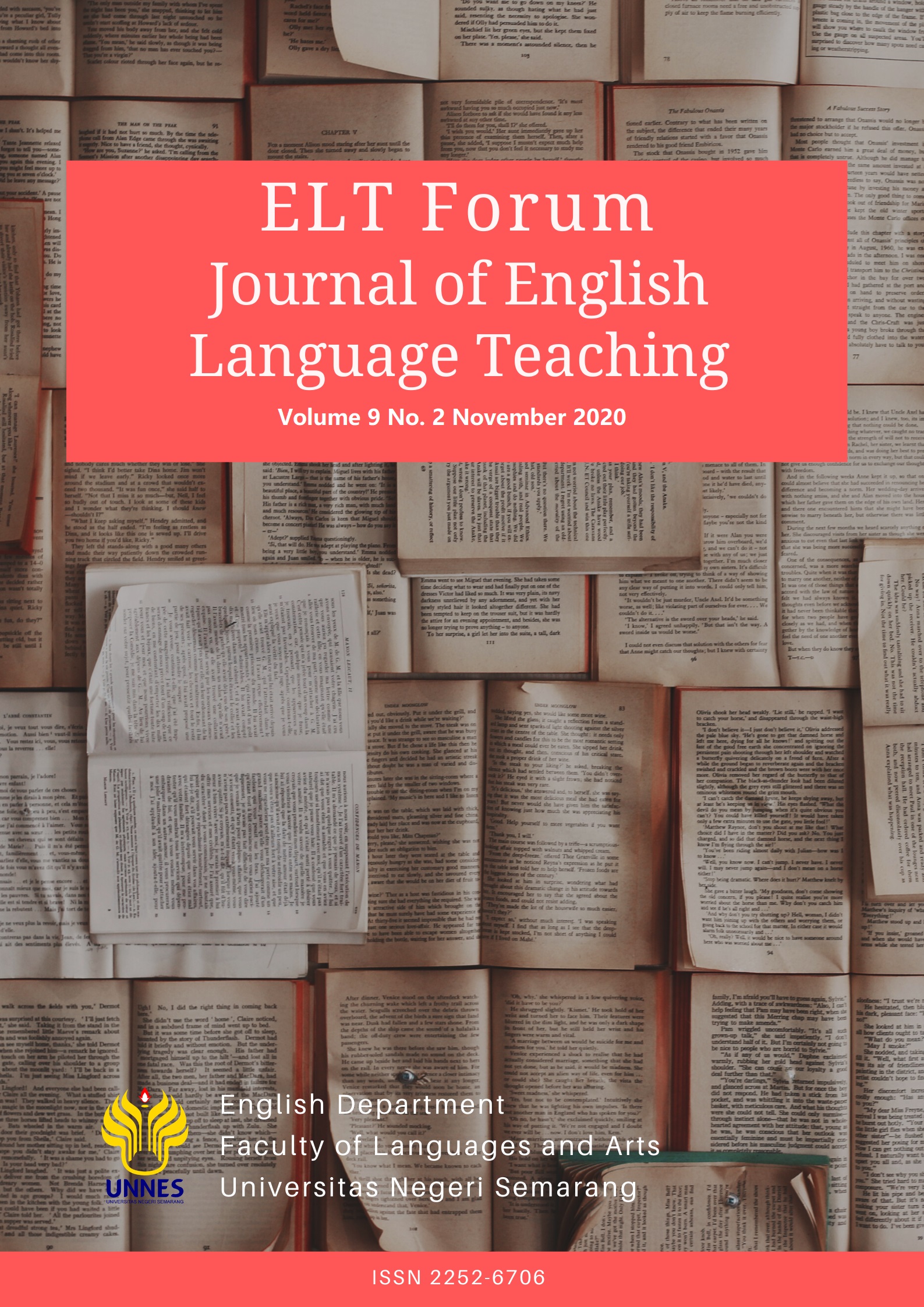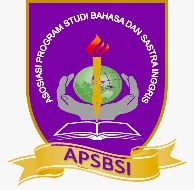Cohesion and coherence in the final project abstracts written by undergraduate students
Abstract
Writing an abstract was not different from writing other kinds of text. As a part of the final project, an abstract should be written clearly, cohesively and coherently. This study aimed to examine cohesion and coherence of the students’ final project abstracts. It also focused to reveal the factors which influenced the quality of the students’ final project abstracts. This study concerned with text analysis. The investigation approach of this study used written discourse analysis. The data of this study were thirty abstracts which were taken from final project abstracts of English Department undergraduate students of Universitas Negeri Semarang in the academic year of 2017-2018. The findings showed that the students did not utilize the five types of cohesive devices to build cohesion in their abstracts. However, it was sufficient to utilize at least three types of cohesive devices to make the abstracts cohesive. Based on Theme and Rheme theory by Halliday, the abstracts were written coherently because they applied the use of cohesive devices. This research also found that there were two factors which influenced the quality of the abstracts. They were the usage of cohesive devices to build cohesion in the abstracts and the usage of Theme and Rheme and thematic progression to build coherence in the abstracts. In conclusion, it was clear that the usage of cohesive devices and Theme and Rheme helped the students write the abstracts cohesively and coherently.The abstract should be written in one paragraph of 150-250 words. Calisto MT font size 9 single spacing. It should containgeneral statement about the primacy of the topic under investigation, research gap, the objectives, method, main findings, and the conclusions.



_.jpg)
_.jpg)




